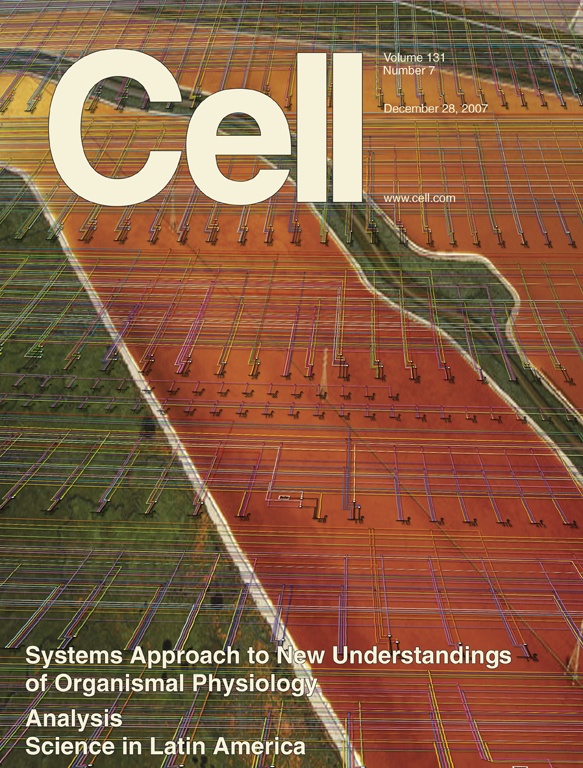
Our recent Cell publication (A Predictive model for transcriptional control of physiology in a free living cell) has been featured in a number of news articles.
 A Predictive Model for Transcriptional Control of Physiology in a Free Living Cell
A Predictive Model for Transcriptional Control of Physiology in a Free Living Cell
Richard Bonneau, Marc T. Facciotti, David J. Reiss, Amy K. Schmid, Min Pan, Amardeep Kaur, Vesteinn Thorsson, Paul Shannon, Michael H. Johnson, J. Christopher Bare, William Longabaugh, Madhavi Vuthoori, Kenia Whitehead, Aviv Madar, Lena Suzuki, Tetsuya Mori, Dong-Eun Chang, Jocelyne DiRuggiero, Carl H. Johnson, Leroy Hood and Nitin S. Baliga
The environment significantly influences the dynamic expression and assembly of all components encoded in the genome of an organism into functional biological networks. We have constructed a model for this process in Halobacterium salinarum NRC-1 through the data-driven discovery of regulatory and functional interrelationships among ∼80% of its genes and key abiotic factors in its hypersaline environment. Using relative changes in 72 transcription factors and 9 environmental factors (EFs) this model accurately predicts dynamic transcriptional responses of all these genes in 147 newly collected experiments representing completely novel genetic backgrounds and environments—suggesting a remarkable degree of network completeness. Using this model we have constructed and tested hypotheses critical to this organism’s interaction with its changing hypersaline environment. This study supports the claim that the high degree of connectivity within biological and EF networks will enable the construction of similar models for any organism from relatively modest numbers of experiments.
